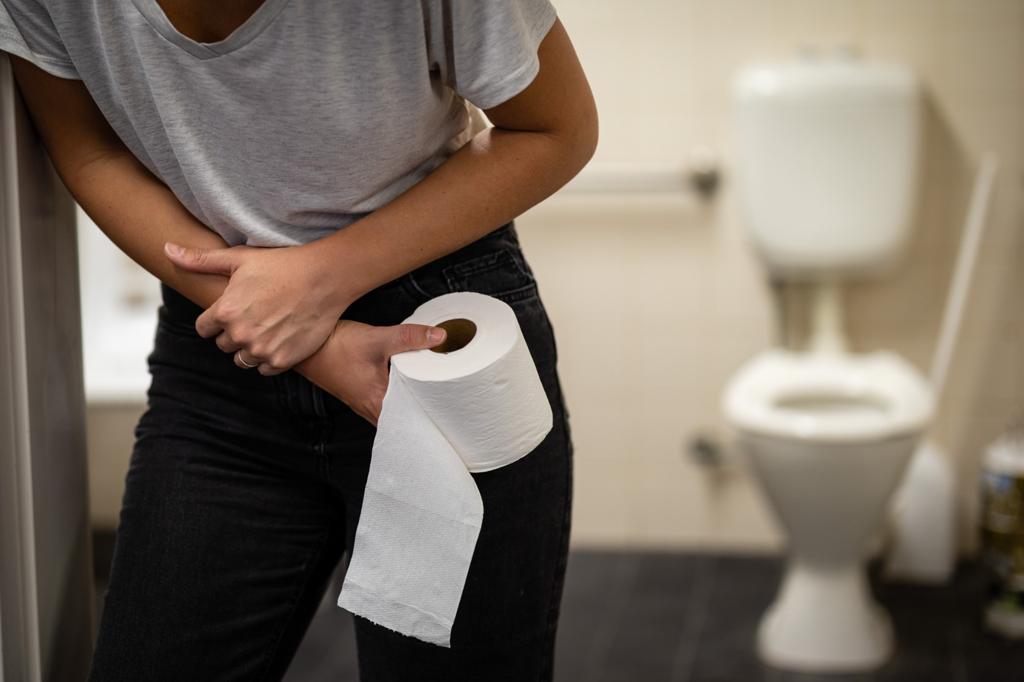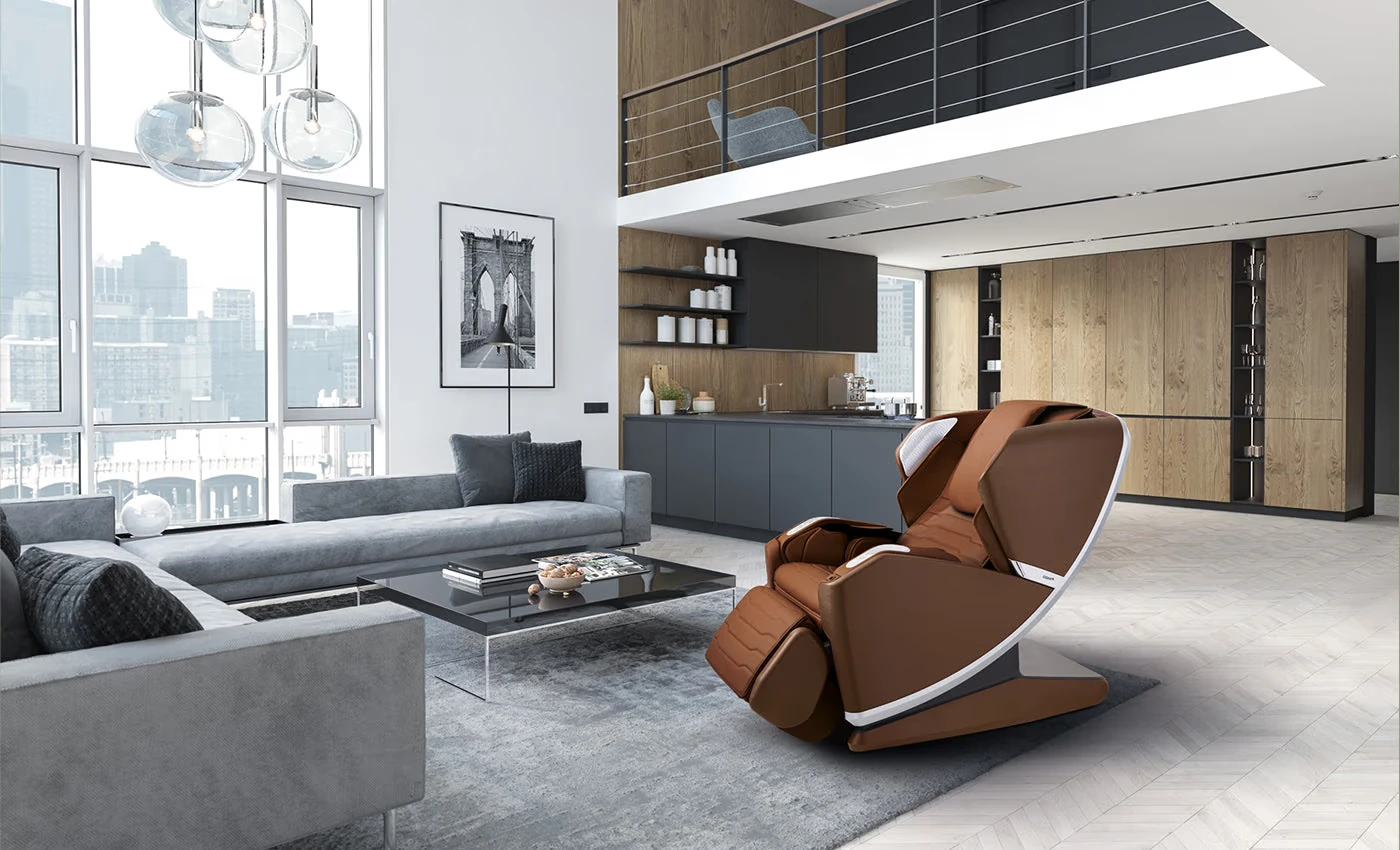Are you feeling a bit backed up? Constipation belly massage might be just the solution you need. Constipation occurs when your bowel movements slow down and become harder to pass. If you’re visiting the loo fewer than three times a week, you might be dealing with constipation. This can persist for days or even weeks, leaving you with hard, dry stools that are tough to push out.
Constipation is a common issue affecting people of all ages. In fact, it’s one of the most frequent digestive problems worldwide. But don’t worry—there are simple techniques you can try at home, like constipation belly massage, to find relief.
Understanding Constipation
Before exploring constipation and massage techniques, it’s important to understand what constipation is and why it occurs. Constipation is typically defined by infrequent bowel movements, often fewer than three times a week.
It is characterised by hard, dry stools that are difficult to pass and may leave you with a feeling of incomplete emptying after a bowel movement.
Several factors can contribute to constipation, including:
- Lack of fibre in the diet: A low-fibre diet can slow down digestion.
- Dehydration: Not drinking enough water can harden stools, making them harder to pass.
- Lack of physical activity: Sedentary lifestyles can slow down the digestive system.
- Certain medications: Some medicines may interfere with normal bowel function.
- Stress and anxiety: Emotional stress can affect digestion, potentially leading to constipation.
By addressing these underlying causes, you can take steps towards relieving constipation.
Does Massaging Your Belly Help Constipation
Yes, it can! Regular massages may help ease constipation by:
- Encouraging the release of trapped gas and waste
- Reducing stress, which can worsen digestive problems
- Stimulating bowel movements
Abdominal massages are particularly effective for constipation relief, but other types of massage can offer benefits too. For an extra boost, you might consider using oils like castor, argan, or coconut. Some people even add essential oils to enhance the effects.
While not necessary, some find that massage tools can enhance their experience. For instance, a portable handheld massager can be useful for targeted abdominal massage, providing consistent pressure and vibration that may be difficult to achieve with hands alone.
Effective Constipation Belly Massage Techniques
Effective constipation belly massage techniques can help relieve discomfort by stimulating bowel movements and promoting digestion, offering natural relief.
1. Abdominal Massage for Constipation Relief
Research suggests that constipation abdominal massage can increase bowel movement frequency, reduce discomfort, and speed up the time it takes for food to move through your gut. Here’s how to perform a simple abdominal massage at home:
- Lie down on your back and place both hands on your stomach.
- Start at the lower right side of your abdomen, and gently rub in a circular motion, moving clockwise.
- Use the palm of your hand to press lightly on the inside of your right hip bone, then gradually move your hand upwards under your ribs and over to the left side.
- Repeat on the left side, pressing gently on your left hip bone.
- Finish by using both hands to lightly press into your abdomen, then gently lift up.
Remember, less is more—don’t apply too much pressure! You can repeat these steps a few times for optimal relief. If you find it challenging to maintain consistent pressure, a lower body massager that includes abdominal massage functionality could be a helpful tool.
2. Colon Massage: A Simple Technique for Easing Constipation
Colon massage, also known as deep abdominal massage, is often used to help with constipation. It may assist in moving gas, waste, and blockages through your digestive system. Here’s how to perform a colon massage at home:
- Sit or lie down with your knees slightly bent to relax your belly.
- Using your fingertips, knuckles, or the heel of your hand, gently press and stroke your stomach in the shape of your colon.
- Start on the lower right side, then move upwards along the right, across under your ribs, and down the left side towards the centre.
- Focus on areas that feel tight or uncomfortable, but don’t apply too much pressure.
This easy technique can be repeated as needed, but always be gentle! Some people find that using a massage chair with a built-in abdominal massage function can help them perform this technique more consistently and comfortably.
3. Other Massage Techniques to Help with Constipation
Apart from abdominal and colon massages, there are other types of massages that can offer relief from constipation:
Foot Massage (Reflexology)
Foot reflexology has shown promise in helping with constipation, especially in children. To try this at home:
- Start by using your thumb to massage the middle of your right heel, working your way to the outer edge.
- Move upward towards the centre of your foot.
- Repeat this across the middle of the foot and then switch to the left foot, following the same pattern.
For those who find it difficult to reach their feet or apply consistent pressure, a lower body massager that includes foot massage functionality can be a useful tool.
Back Massage
A back massage is not only great for relieving muscle tension but can also help with constipation by relaxing your entire body. When the body is relaxed, digestion can improve, and stress-related constipation may be alleviated.
You can choose to receive a back massage from a professional therapist or ask a partner to try it at home. Even gentle, soothing strokes can have a positive impact on your overall well-being.
If a therapist or partner isn’t available, a massage chair offers an excellent alternative. These chairs provide a full-body massage that promotes relaxation and improves circulation. This enhanced circulation may indirectly support digestive health and help relieve constipation.
Perineal Massage
Perineal massage, which involves pressing the area between the anus and genitals, is a lesser-known but effective technique for easing constipation. Research has shown that it can improve bowel function in people suffering from constipation.
To perform this massage, gently press the perineal area with your first two fingers and push in short pulses towards your anus.
You can repeat this technique when you feel the need to go to the toilet. This simple and gentle massage can help stimulate bowel movements and provide relief from constipation.
Massage for Specific Groups
Massage can be a safe and effective way to relieve constipation for both babies and pregnant women, offering gentle, natural relief without the need for medication. By promoting relaxation and stimulating the digestive system, these massage techniques can help ease discomfort and improve bowel movements.
Constipation Massage for Babies
Tummy massages are a helpful remedy for relieving constipation in babies, promoting comfort and relaxation. To perform a tummy massage, gently rub your baby’s belly in a clockwise direction using your fingertips. This movement follows the natural flow of the digestive system and can encourage bowel movements.
It’s important to wait at least 45 minutes after feeding before starting a massage to avoid discomfort for the baby. Additionally, ensure your touch is soft and soothing to help your baby feel calm and relaxed during the process. Regularly practising this massage can contribute to your baby’s overall digestive health.
Constipation Massage During Pregnancy
Pregnant women can also benefit from gentle abdominal massages, especially during the second and third trimesters. This type of massage can help relieve constipation and reduce bloating.
Always use soft, circular movements and avoid applying too much pressure, particularly during the first trimester, as abdominal massages are not recommended in the early stages of pregnancy.
Many pregnant women find that portable massagers designed specifically for pregnancy are useful for reaching areas that become harder to access as their belly grows. These devices provide a safe and convenient way to ease constipation and improve digestion.
Additional Tips to Relieve Constipation
Alongside constipated belly massage, incorporating small changes into your daily routine can have a big impact on digestion and help relieve constipation. Here are some key tips:
- Stay hydrated: Drinking plenty of water throughout the day is essential for keeping your digestive system functioning smoothly. Proper hydration softens stools, making them easier to pass and preventing constipation.
- Increase fibre intake: Adding fresh fruits, vegetables, whole grains, and beans to your diet boosts your fibre intake. Fibre adds bulk to stools and supports regular bowel movements. Aim to incorporate a variety of fibre-rich foods daily to keep your digestive system healthy.
- Stay active: Regular physical activity, such as walking, cycling, or swimming, helps to stimulate the digestive tract. Exercise promotes movement within the intestines, encouraging more frequent and easier bowel movements.
- Manage stress: High stress levels can negatively affect digestion, potentially leading to constipation. Activities such as yoga, meditation, or listening to soothing music can help manage stress and promote better digestive health.
- Use a toilet stool: Elevating your feet with a toilet stool while on the toilet helps position your body in a more natural alignment, making it easier to pass stools. This simple adjustment can improve bowel movements and reduce strain.
By incorporating these lifestyle changes alongside belly massage, you can prevent and relieve constipation more effectively, supporting a healthier digestive system.
When to See a Doctor for Constipation
Occasional constipation is a common issue and can often be managed with simple lifestyle changes or home remedies. However, there are instances where it’s important to seek medical advice. You should see a doctor if you experience any of the following:
- Severe or persistent stomach pain
- Frequent bouts of constipation
- Constipation lasting longer than two weeks
- Alternating between diarrhoea and constipation
- Unexplained weight loss
- Blood in your stools
These symptoms could indicate a more serious underlying condition that requires medical attention. Your doctor may recommend medication to relieve constipation or adjustments to your existing medications. In more serious cases, further treatments such as muscle retraining, colon-clearing procedures, or even surgery may be necessary.
Early consultation with a doctor can help address these issues before they develop into more serious problems, ensuring that your digestive health is properly managed.
Making Constipation Belly Massage Part of Your Wellness Routine
Constipation belly massage can be an effective, natural way to find relief from digestive discomfort. By incorporating these massage techniques into your routine, along with healthy lifestyle habits, you can promote better bowel health and overall well-being.
Whether you choose to use your hands, a simple portable massager, or a more sophisticated massage chair, the key is to be gentle and consistent.
Remember, if your symptoms persist or worsen, it’s always best to consult with a healthcare professional.
Experience Enhanced Constipation Relief with OSIM
Ready to take your constipation belly massage to the next level? Discover OSIM’s range of innovative massage solutions. From portable massagers to luxurious chairs, OSIM combines ancient wisdom with modern technology for the ultimate massage experience. Explore our wellness products today to enhance your digestive health and well-being.




